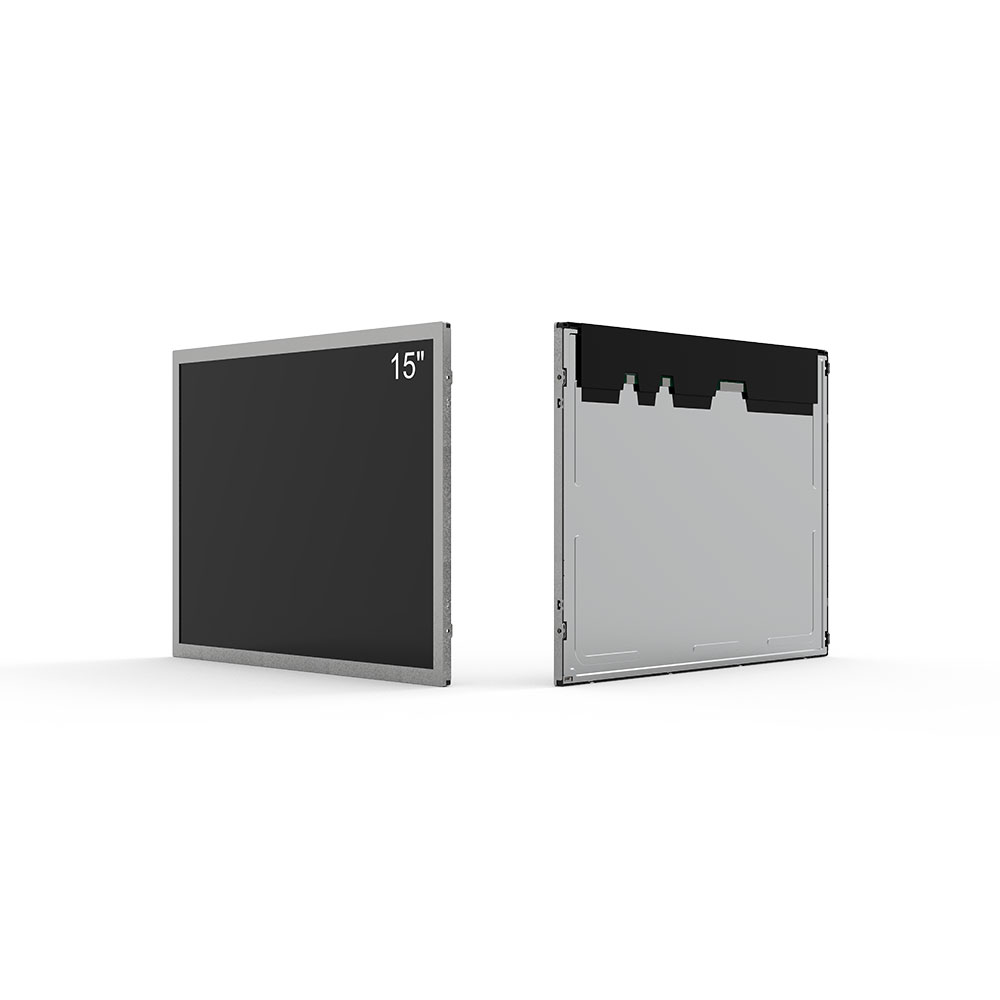- Home
- About Us
- Products
- News
- Video
- Contact
- Send Inquiry
Search
- Home
- About Us
- Products
- News
- Video
- Contact
- Send Inquiry

When designing or selecting outdoor LCD screens for commercial, industrial, or public installations, understanding the display ratio—particularly the 16:9 format—is critical. This aspect directly impacts visual clarity, content compatibility, and user experience in varying lighting conditions. The 16:9 display ratio has become the industry standard for modern outdoor displays due to its alignment with high-definition video formats (HD, Full HD, 4K), ensuring that broadcast content, digital signage, and interactive applications are rendered without distortion.
Common screen sizes in outdoor LCD applications include 10.1", 13.3", 15.6", 18.5", 21.5", 23.8", 27", 32", 43", 46", 49", 55", 65", 75", 86", 98", and 110". Each size offers distinct advantages depending on viewing distance, environmental factors, and intended use. For example, smaller screens like 10.1" and 13.3" are ideal for mobile kiosks or vehicle-mounted displays, while larger panels such as 75"–110" are commonly used in stadium scoreboards, airport information systems, or retail façade advertising.

Manufacturers must ensure that all these sizes maintain consistent brightness (typically 5,000–10,000 nits for daylight visibility), IP65 or higher waterproofing, and ruggedized housings to withstand UV exposure, humidity, and temperature extremes (-30°C to +60°C). According to IEC 60068-2 standards, outdoor LCDs undergo rigorous environmental stress testing—including vibration, condensation, and thermal shock—to guarantee long-term reliability. Additionally, 16:9 aspect ratios allow seamless integration with existing content management systems (CMS) such as BrightSign, Xibo, or Scala, reducing setup complexity.
From a design perspective, choosing the right combination of size and 16:9 ratio ensures optimal readability and energy efficiency. Larger screens benefit from higher pixel density (PPI) to maintain sharpness at close distances, whereas smaller ones prioritize power-saving technologies like LED backlight modulation. Industry case studies from cities like Singapore and Dubai confirm that properly sized 16:9 outdoor LCDs significantly enhance engagement in public spaces compared to non-standard ratios.
In summary, whether deploying a compact 15.6" monitor in an urban transit hub or a massive 110" screen in a highway billboard, adhering to the 16:9 display ratio is not just a preference—it’s a technical necessity for performance, compatibility, and future-proofing.